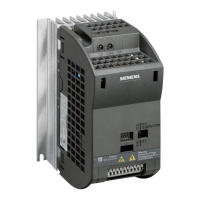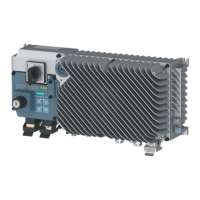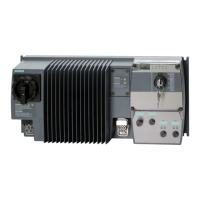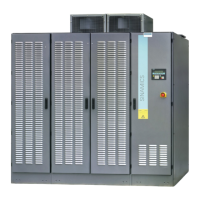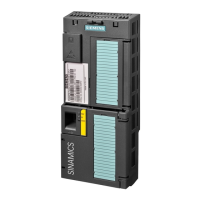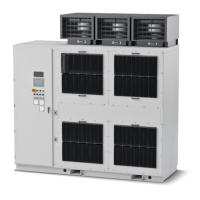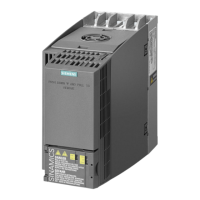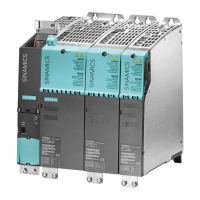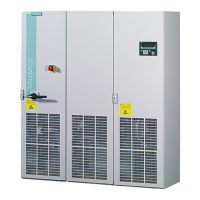External raw water circuit
The raw water flows through the heat exchanger. The heat exchanger cools the deionized
water.
If other raw water specifications apply, titanium heat exchanger plates or tube bundle heat
exchangers are available (optional).
NOTICE
Deposits of suspended solids
If you reduce the flow rate to reduce the raw water usage, then deposits of suspended solids
can build up in the heat exchanger as a result of the slow flow rate.
These suspended solids can then cause the cooling system to fail. The drive could be
damaged.
Only reduce the raw water flow rate if the raw water does not have any suspended solids.
3.3.3 Principle of operation
3.3.3.1 Phase effects of 12-pulse systems
The 12-pulse version of the converters has the advantage that the fifth and seventh harmonics
cancel each other out almost entirely in operation.
The torque ripple is considerably reduced by increasing the pulse number of the motor-side
converter. In 12-pulse operation, the torque ripple amounts to only about ⅓ of the torque ripple
in 6-pulse operation.
The converter is made up of two electrically isolated six-pulse systems working in parallel in
order to achieve twelve-pulse operation. Each DC link reactor, with its half-windings, is
assigned to both systems.
The current in the half-windings of the DC link reactor flows in opposite directions. This property
means the following:
● A reduced magnetic flux in the core
● Reduced losses
● Smaller structural size
Description
3.3 Power unit
SINAMICS GL150 6SL38555UN113KA0Z
38 Operating Instructions Rev.201910281450 EXAMPLE
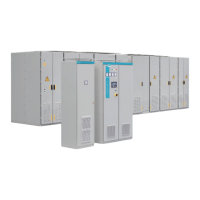
